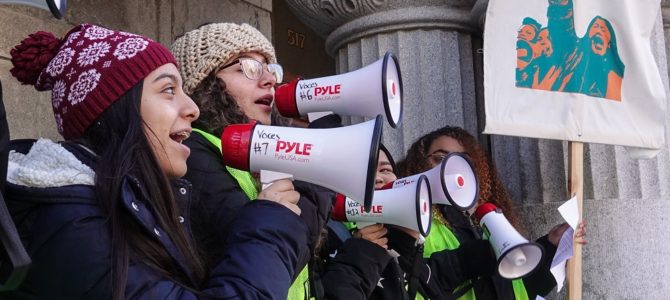
On June 18, the Supreme Court ruled 5-4 on whether the Trump administration maintains the legal authority to terminate the Obama immigration program known as Deferred Action for Childhood Arrivals, commonly referred to as DACA.
DACA was created to provide a temporary reprieve from deportation for certain individuals who came to the United States under the age of 16, were not 31 years old as of June 15, 2012, and remained in the United States without legal authorization due to no fault of their own. These individuals are colloquially referred to as DREAMers.
The Supreme Court unambiguously ruled that the Trump administration maintains both the statutory and regulatory authority to terminate DACA, but that there was a procedural deficiency in the process it used. Chief Justice John Roberts explained that “[t]he dispute before the Court is not whether [Department of Homeland Security] may rescind DACA. All parties agree that it may. The dispute is instead primarily about the procedure the agency followed in doing so.”
In plain language, the majority of the court seized on the fact that procedural requirements of the Administrative Procedures Act were not followed to revoke DACA, and that although the Trump administration has the legal authority to take this action, they failed to jump through all the flaming hoops. Basically, the court gave the Trump administration a temporary setback on a technicality.
To justify the decision, Justice Roberts referenced a previous justice, who stated “[m]en must turn square corners when they deal with the Government. But it is also true, particularly when so much is at stake, that ‘the Government should turn square corners in dealing with the people.’”
Although as an immigration lawyer I agree that there was a technical APA violation, the majority of the court missed the mark entirely on the core issue involved: can Trump still deport DREAMers? Surprisingly, despite the Supreme Court’s ruling, the short answer to this question is yes.
Unfortunately, this very important issue was conflated with a distraction involving APA adherence in the termination of the application process for DACA.
For historical context, the application process was created through a publication in the Federal Register on August 12, 2012. The Supreme Court ruled that to terminate the application process the Trump administration must similarly publish a notice in the Federal Register to afford President Trump the legal authority to shut off applications for deferred action. If deferred action is granted, it affords a beneficiary eligibility to apply for employment authorization documents, and confers eligibility for Social Security benefits.
What eluded the Supreme Court’s technical sleight of hand is that both the application process and the issuance of a benefit to recipients of deferred action in an employment authorization document does not preclude the start of removal proceedings. But don’t take my word for it. We need look no further than the 2012 memorandum issued by then-Secretary of Homeland Security Janet Napolitano creating the program.
It unambiguously provides that recipients of deferred action receive “no substantive right, immigration status or pathway to citizenship. Only the Congress, acting through its legislative authority, can confer these rights. It remains for the executive branch, however, to set forth policy for the exercise of discretion within the framework of the existing law.” In sum, the DHS giveth, and the DHS may taketh away.
This means President Trump may simply alter internal administrative policy with respect to the exercise of prosecutorial discretion for DREAMers, and may still elect to institute removal proceedings by issuing a charging document alleging an immigration law violation regardless of whether an individual has been granted deferred action. The cruel irony is that by submitting the DACA application, a DREAMer was required to identify his immigration law violation that may form the basis for a charge of removal.
The bottom line is that only an act of Congress can remove the discretionary authority of the executive branch to enforce the immigration law against those deemed to be in violation, and Congress must act to define what limitations exist to restrict the executive branch’s discretionary enforcement of the law. The alternative is that immigrants will remain subject to the unpredictable winds of political change, and it isn’t fair to anyone that any president with “a pen and a phone” can circumvent the will of Congress.
There is nothing more frustratingly unfair than changing the rules of the game midstream, and that is exactly what has happened, not once, but twice. It is simply not how our balance of powers were designed to work. Unfortunately, as long as there are political points to be scored by congressional inaction, I won’t be holding breath.









